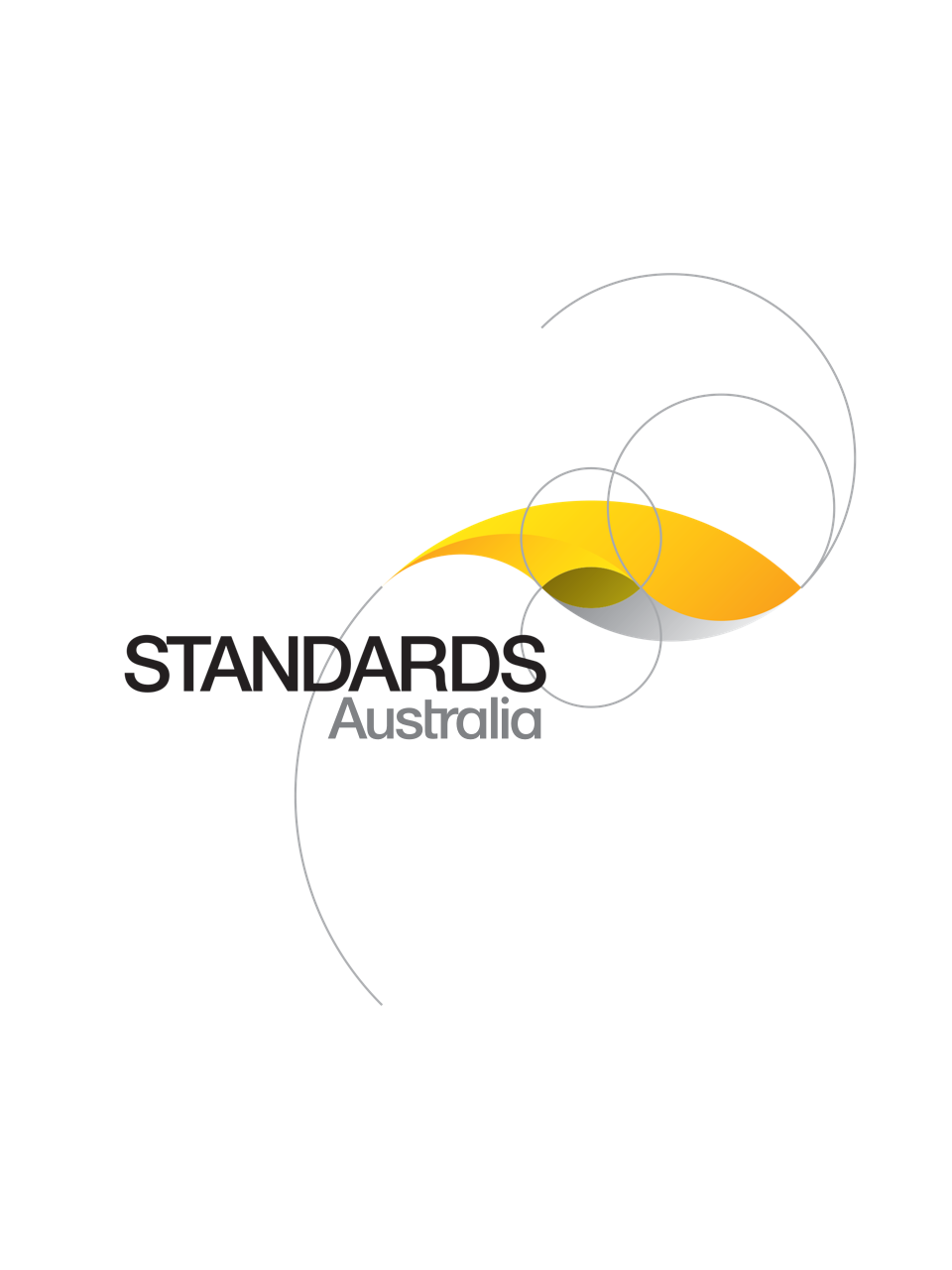Standard
Track updates
AS 4602.1:2024
[Current]High visibility safety garments, Part 1: Garments for high risk applications
AS 4602.1:2024 provides the conspicuity requirements for high visibility safety garments for occupational wear by people who may be exposed to the hazard of moving traffic, moving plant or equipment in high risk situations. It excludes garments for use by fire services.
Published: 28/06/2024
Pages: 58
Table of contents
Cited references
Content history
Table of contents
Header
About this publication
Preface
Introduction
1 Scope
2 Normative references
3 Terms and definitions
4 Reference garments for assessment purposes
4.1 General
4.2 Elbow reference point
4.3 Underarm reference point
4.4 Knee reference point
4.5 High visibility (HV) waist level
4.6 Retroreflective trim (RT) waist level
5 Classification of garments
5.1 Classification of garment end use
5.2 Classification of garment levels
5.3 Classification of materials
6 Class D garments
6.1 General
6.2 Fluorescent background material
6.3 Non-fluorescent background materials
6.4 Design of garments — Class D
6.4.1 General description
6.4.2 Area of background material
6.4.3 Permitted openings
6.4.4 Underarm gussets
7 Class N garments
7.1 General
7.2 Retroreflective materials
7.3 Design of garments — Class N Level 1
7.3.1 General
7.3.2 Retroreflective trim
7.3.3 Permitted openings
7.3.4 Underarm gussets
7.4 Design of garments — Class N Level 2
7.4.1 General
7.4.2 Garments that cover the torso and arms
7.5 Ensemble garments — Class N-E Level 2
7.5.1 Trousers and coveralls (below waist)
7.6 Design of garments — Class N Level 3
7.6.1 General
7.6.2 Garments that cover the torso and arms
7.7 Ensemble garments — Class N -E Level 3
7.7.1 Trousers and coveralls (below waist)
8 Class D/N garments
8.1 General
8.2 Fluorescent background material
8.3 Non-fluorescent background materials
8.4 Retroreflective materials
8.5 Design of torso garments — Class D/N Level 1
8.5.1 General
8.5.2 Area of background material
8.5.3 Retroreflective trim
8.5.4 Permitted openings
8.5.5 Underarm gussets
8.6 Design of torso garments — Class D/N Level 2
8.6.1 General
8.6.2 Garments that cover the torso and arms
8.7 Ensemble garments — Class D/N — E Level 2
8.7.1 Trousers and coveralls (below waist)
8.8 Design of torso garments — Class D/N Level 3
8.8.1 General
8.8.2 Garments that cover the torso and arms
8.9 Ensemble garments — Class D/N-E Level 3
8.9.1 Trousers and coveralls (below waist)
9 Attachment to body
10 Durability of garments (optional)
11 Safe use of garments
12 Labelling and instructions
12.1 Labelling
12.2 Instructions
13 Selection and safe use
Appendix A
A.1 Scope
A.2 Test piece
A.3 Procedure
A.4 Report
Appendix B
Appendix C
C.1 General
C.2 Risk assessment
C.3 Garment selection
C.3.1 General type selection
C.3.1.1 Class D garments
C.3.1.2 Class N garments
C.3.1.3 Class D/N garments
C.3.2 Other selection matters
C.3.2.1 Floodlit areas
C.3.2.2 Colour
C.3.2.3 Type of work
Bibliography
Cited references in this standard
AS 4399
Sun protective clothing — Evaluation and classification
[Current]
Retroreflective materials and devices for road traffic control purposes, Part 4: High-visibility materials for safety garments
One-time Purchase
Access via web browser on any device
One-time purchase
Single publication
Offline access via PDF^
$113.50 AUD
Inclusive of GSTFormat *
Web Reader
Licenses *
1 License (for yourself - not shareable)
Total$113.50 AUD
IMPORTANT
